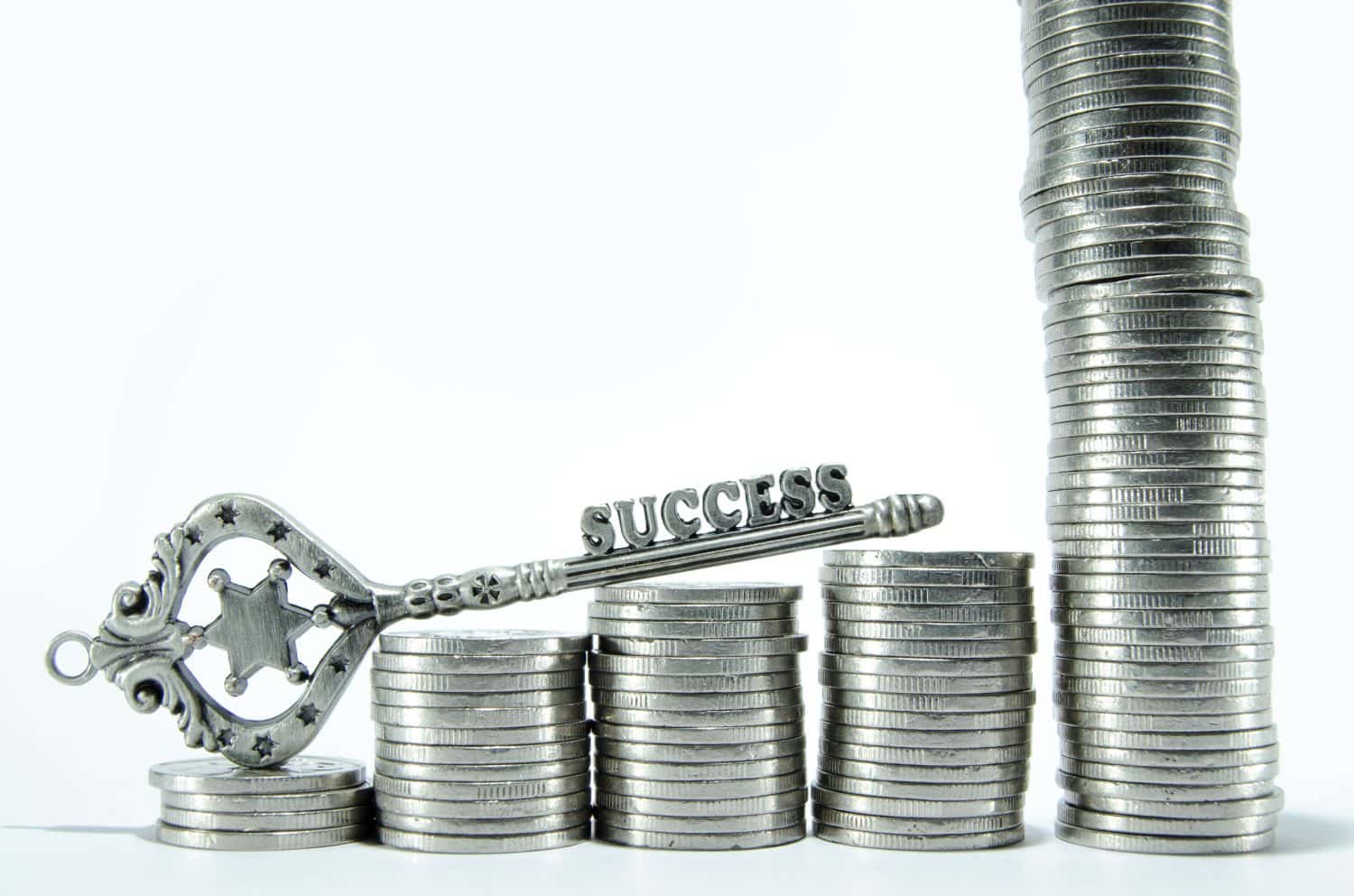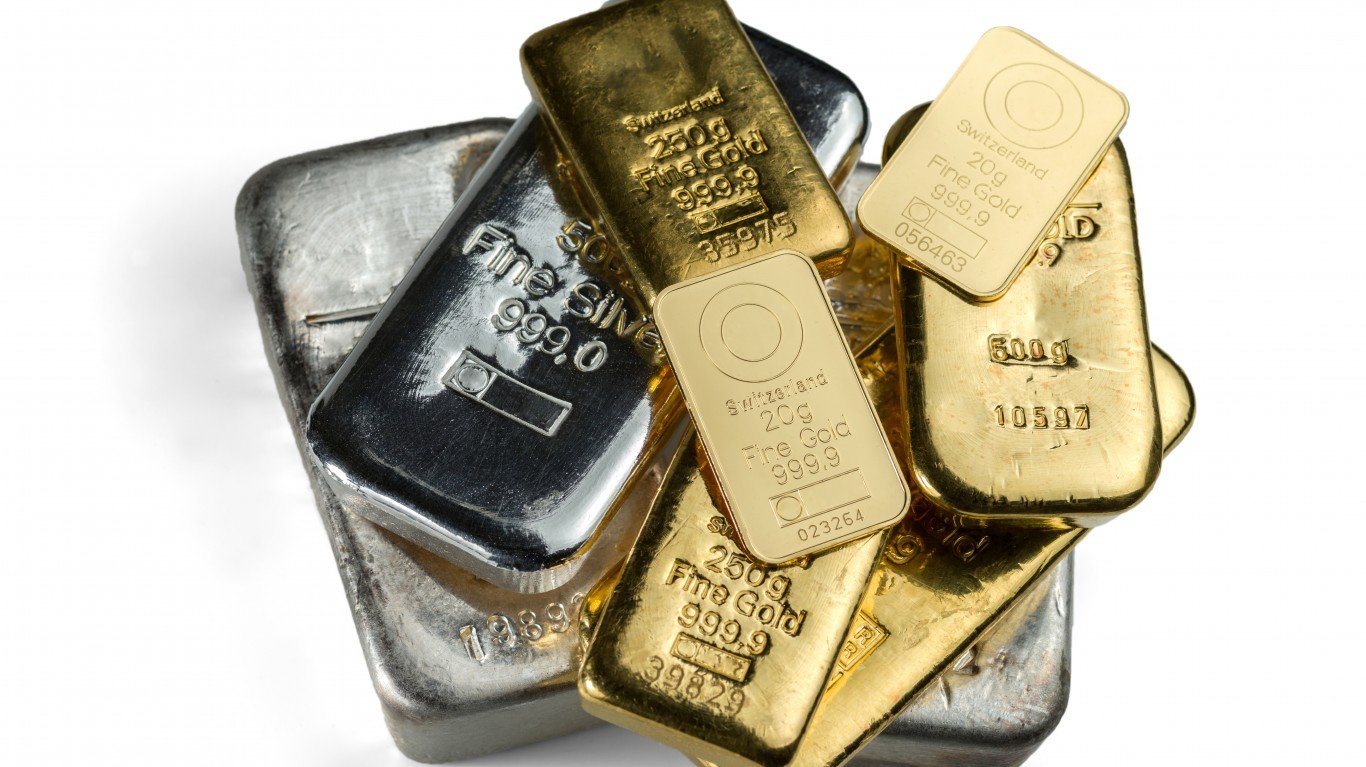When people get closer to retirement, they tend to get more defensive with their investments. They don’t have as much time to wait for a stock to recover from a correction. Retirees often draw from their nest eggs to fund their lifestyles, and they have to get more selective and protective with which assets they hold.
Precious metals are a viable investment for many retirees. These assets act as inflation hedges due to their limited supply and usefulness. While investors can store precious metals like gold and silver, many industries need those same materials to operate. For instance, artificial intelligence hardware relies on gold and silver to operate, so there is plenty of potential upside for these precious metals, and that doesn’t even include the other industries that rely on them.
Investors who don’t want to worry about storing gold or silver in their basement may want to consider these promising precious metals ETFs.
Key Points
-
Precious metals ETFs are less vulnerable to inflation and can deliver long-term returns for retirees.
-
Gold and silver are two of the most established precious metals, and they serve as good starting points for retirees.
-
Are you ahead, or behind on retirement? SmartAsset’s free tool can match you with a financial advisor in minutes to help you answer that today. Each advisor has been carefully vetted, and must act in your best interests. Don’t waste another minute; get started by clicking here.(Sponsor)
iShares Gold Trust (IAU)

The iShares Gold Trust (NYSEARCA:IAU) gives investors exposure to physical gold. You don’t have to worry about gold mining companies enduring bad financial performance amid a gold boom. If gold increases by 10%, IAU goes up by 10%.
Gold holds intrinsic value due to its usefulness in society and its ability to store value. The precious metal gains value as fiat currencies like the U.S. dollar lose purchasing power due to inflation. Lower interest rates and money printing from the government are two catalysts that can increase gold’s value.
IAU has a 0.25% expense ratio and no yield. The fund has delivered an annualized 12.7% return over the past five years. Gold has been picking up lately and is up by more than 20% year-to-date.
iShares Silver Trust (SLV)

The iShares Silver Trust (NYSEARCA:SLV) follows the same approach as IAU, but it only gives investors exposure to the price movements of physical silver. More than half of silver’s demand comes from industrial applications that can pick up more momentum due to electric vehicles and artificial intelligence.
SLV has a 0.50% expense ratio and more than $17 billion in total assets. The fund is up by more than 20% year-to-date and has an annualized 14.4% return over the past five years. Silver has been outpacing gold in recent years, and the AI boom can prolong that trend.
You don’t have to choose between gold and silver. Some retirees split their portfolios across IAU and SLV instead of choosing between one or the other. However, it is notable that SLV has a slightly higher expense ratio than gold. If SLV continues to outperform IAU, it’s easier for investors to look the other way.
Invesco DB Precious Metals (DBP)

The Invesco DB Precious Metals (NYSEARCA:DBP) fund has gold and silver futures contracts. Some investors put their money into this fund instead of holding one ETF for gold and another ETF for silver.
The fund has a lofty 0.75% expense ratio and has no yield. DBP shares have been a top performer this year, and it’s also up by more than 20% year-to-date. Its 5-year annualized return comes to 11.5%, which is a little less than IAU and SLV.
Investors with DBP shares win when gold and silver gain value. It’s not limiting you to one precious metal or the other, which is the case if investors only choose IAU or SLV instead of buying both of them.
The post 3 Precious Metals ETFs For Retirees appeared first on 24/7 Wall St..
Click this link for the original source of this article.
Author: Marc Guberti
This content is courtesy of, and owned and copyrighted by, https://247wallst.com and its author. This content is made available by use of the public RSS feed offered by the host site and is used for educational purposes only. If you are the author or represent the host site and would like this content removed now and in the future, please contact USSANews.com using the email address in the Contact page found in the website menu.








